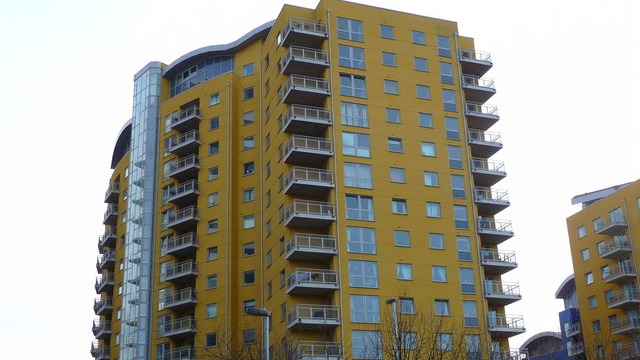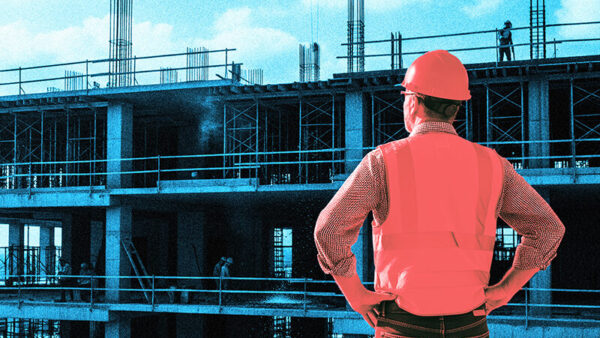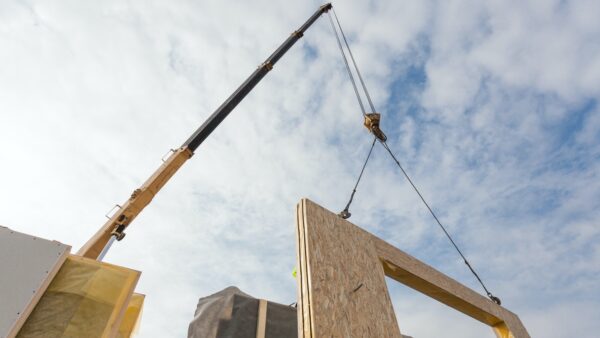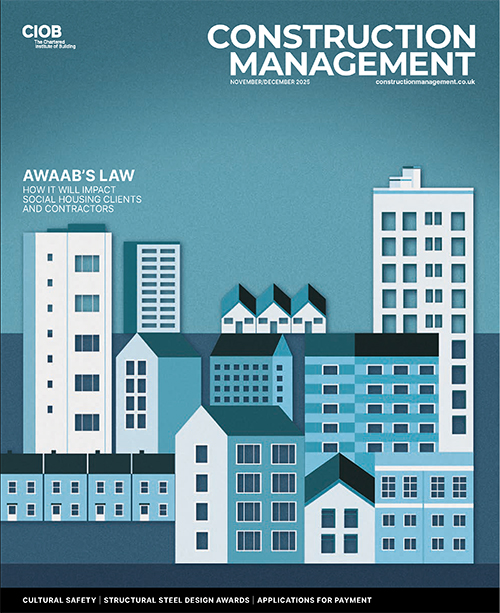A recent landmark case ruled that building safety disputes between housebuilders and contractors can be heard by an adjudicator instead of going to arbitration. Jane Hughes and Greg Barton review the judgment and its implications.

In one of the first claims to come before it involving the interplay between adjudication and the Building Safety Act, a High Court confirmed that historical claims under the new provisions of the Defective Premises Act 1972 can be pursued via adjudication. The decision exposes contractors and developers to the potential nightmare scenario of having to adjudicate 30-year-old claims.
The adjudication in BDW Trading Limited v Ardmore Construction Limited started 20 years after practical completion, and the award was over £15m. The High Court upheld the adjudicator’s award.
Under section 135 of the Building Safety Act, a new section 4B was inserted into the Limitation Act 1980, retrospectively increasing the limitation period for a claim under section 1(1) of the Defective Premises Act to 30 years.
What was the dispute about?
The claim concerned allegedly defective cladding to residential apartments in Basingstoke. The project had reached practical completion between December 2003 and June 2004. The original contractor was pursued in an adjudication and BDW sought to enforce the adjudicator’s decision.
Ardmore raised the following grounds of defence against BDW’s application for a summary judgment:
- The dispute referred to the adjudicator had not crystallised (also known as the ‘crystallisation ground’);
- The adjudicator did not have jurisdiction to determine a claim for breach of the Defective Premises Act, because such a claim did not arise “under the contract” (‘the jurisdiction ground’);
- The adjudication was inherently unfair due to inequality of arms regarding documentation; and
- The adjudicator intentionally failed to consider a material defence relevant to the argument of concealment by Ardmore (grounds iii and iv are referred to as the ‘natural justice grounds’).
None of these arguments succeeded. However, this is not to say that these arguments will never succeed as, in different circumstances, they may work.
The crystallisation ground
Ardmore argued that a dispute had not crystallised and that it had not received sufficient information about the claim to know whether it could accept or deny it.
The court’s response to this was that, in the absence of an acceptance, it would infer that the claim had not been admitted.
The jurisdiction ground
Under section 108(1) of the Housing Grants, Construction and Regeneration Act 1996 (the Construction Act) adjudication is limited to disputes “arising under the contract”.
Ardmore argued that “under the contract” was to be interpreted narrowly (in comparison to arising “under or in connection with the contract”), and that a claim arising under the Defective Premises Act did not arise “under the contract”. The court rejected this argument.
It started from the assumption that the parties to a contract are rational business people who are likely to have intended any dispute arising out of a contractual relationship to be decided by the same tribunal.
The natural justice grounds
The threshold for a valid natural justice challenge is high, and as long as the adjudicator has endeavoured to address the questions referred to them and to answer them, their decision is enforceable.
The judge held here that the adjudicator had met this test.
The judge also decided that there was no inequality of arms due to a lack of documentation. BDW had provided enough documentation needed for the claim to be decided, and the lack of documentation was largely attributable to Ardmore’s deficient record-keeping.
So what now?
This decision has reinforced the long line of cases which started with the very first adjudication case in 1999, Macob Civil Engineering v Morris Construction Ltd, in which the courts upheld adjudication as the primary method of dispute resolution for construction disputes, rough and ready though it might be. Claims brought under the Defective Premises Act will come within the adjudicator’s jurisdiction.
Adjudication was originally intended as a fast-track, rough and ready process to ensure cashflow through the contractual chain. It has metamorphosed into an elastic procedure which can and will deal with retrospective, multi-million-pound technical disputes, stretching back 30 years, and arising elsewhere than under the particular contract, where evidence might be lacking and witness evidence unavailable.
The boundaries of this approach will be tested as more claimants take advantage of the Building Safety Act to pursue historic claims.
Jane Hughes is a managing associate and Greg Barton is a trainee solicitor in projects and construction at Trowers & Hamlins.











